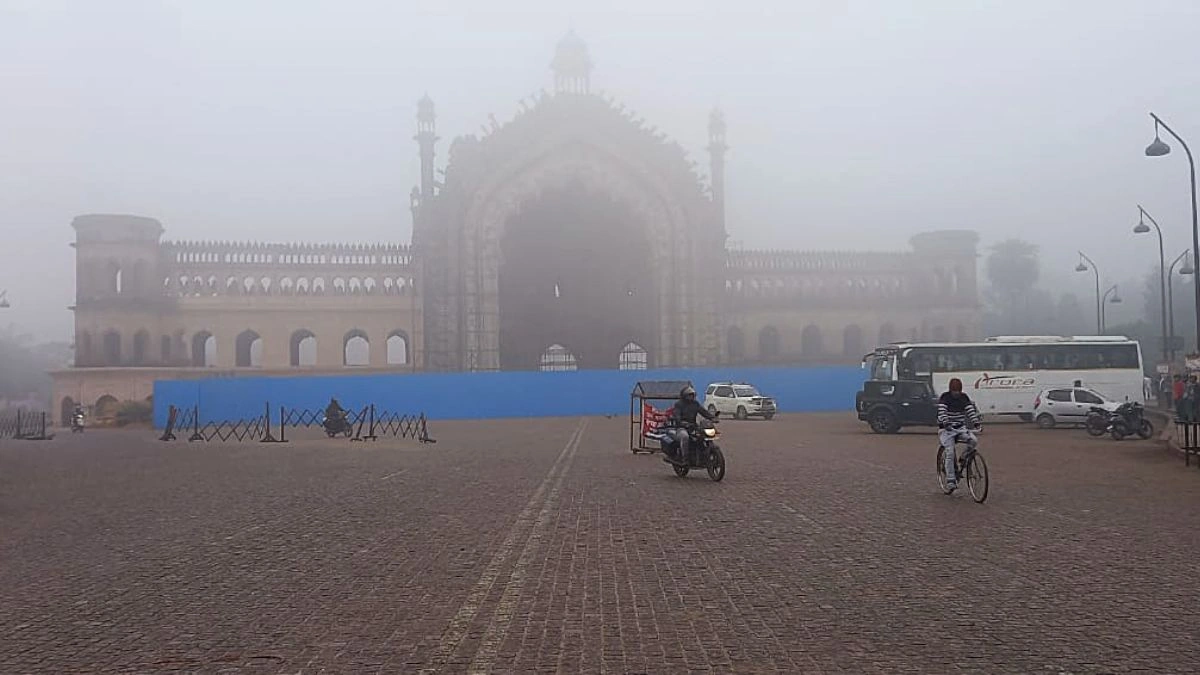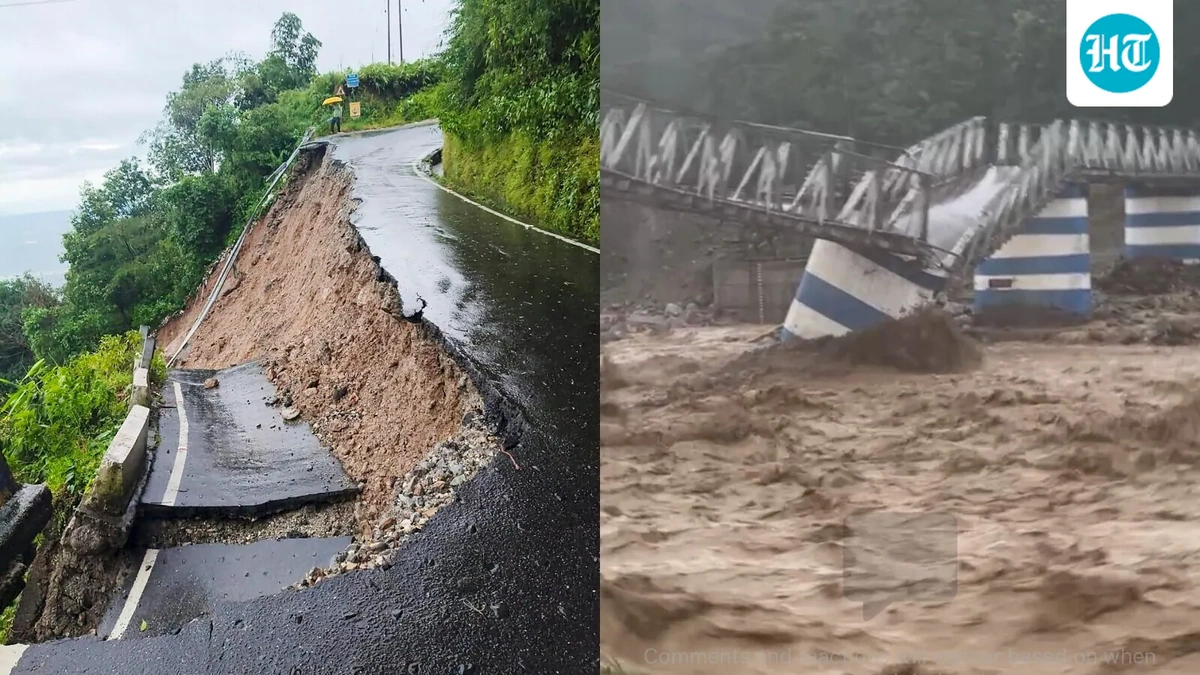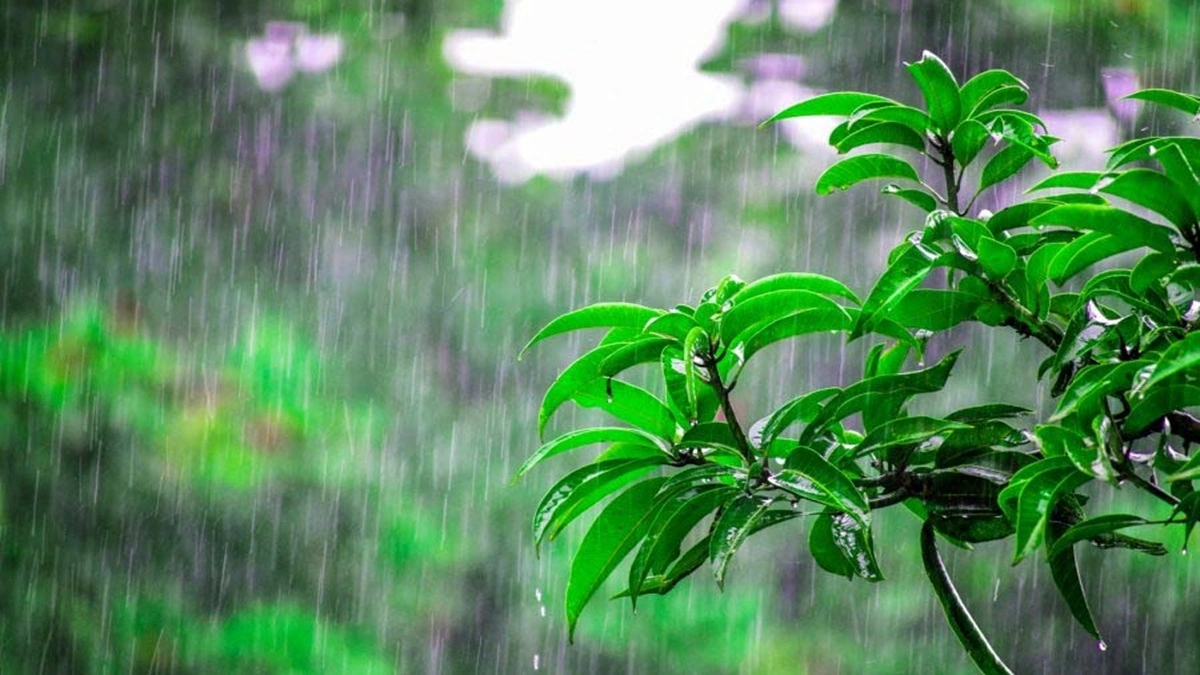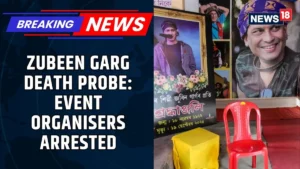Lucknow Weather | It’s More Than Just a Number on Your App. Here’s the Real Story.
Let’s be honest. You don’t need me to tell you it’s hot in Lucknow. You feel it the second you even think about stepping outside. It’s that wall of heat that hits you, the kind that makes the air itself feel heavy and thick. It’s the feeling of your phone screen becoming unreadable under the glare of a sun that seems personally offended by the very concept of shade.
Every morning, you probably check an app. It gives you a number 44°C, 45°C, maybe a “feels like” of 49°C that makes you want to crawl back into bed. But here’s the thing: that number is just the headline. It doesn’t tell the whole story.
What’s really going on behind that number? Why does this particular summer feel like the city is collectively holding its breath inside a pre-heated oven? And the million-dollar question whispered in every office and home: where on earth is the monsoon?
So, grab a cold glass of shikanji, find the coolest spot in the house, and let’s talk. We’re not just going to look at the forecast; we’re going to decode it. This is the story of Lucknow’s weather right now.
The Anatomy of a Lucknow Heatwave | Why It’s Not Your Imagination
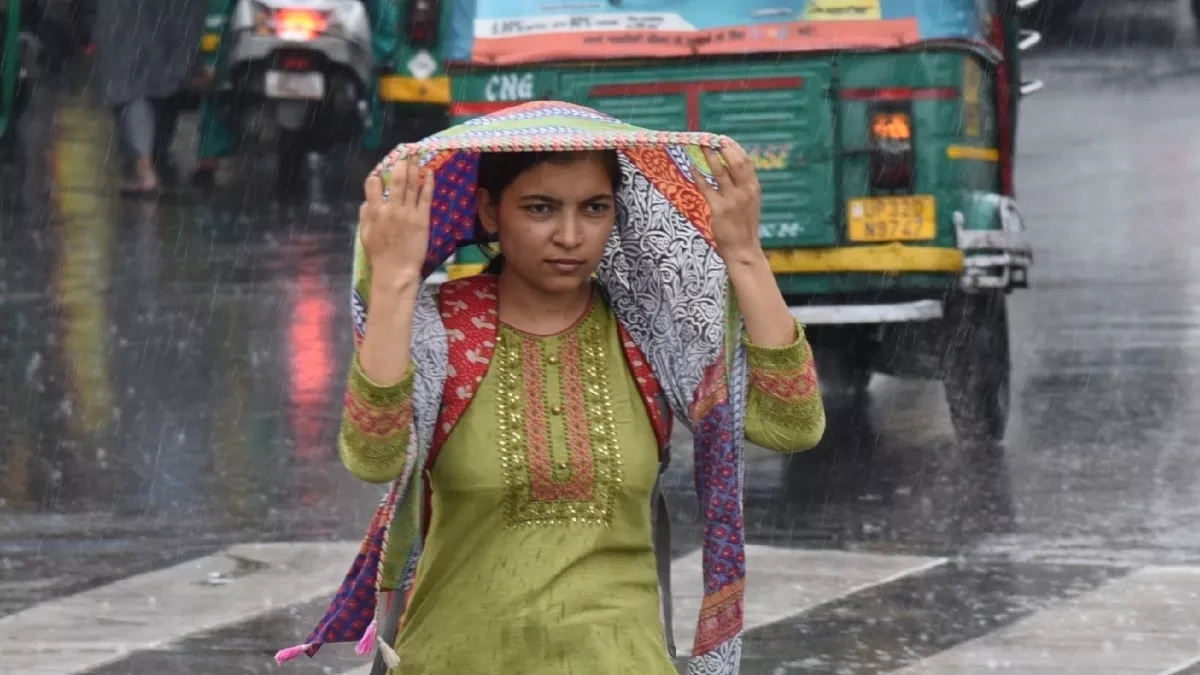
First off, you’re not going crazy. This isn’t just a “normal” summer. The intensity of the current heatwave in Lucknow has a few specific culprits working in tandem, and it’s a fascinating (if brutal) meteorological drama.
Think of it like a giant, invisible lid placed over Northern India. Meteorologists call this a “heat dome” a persistent area of high pressure that traps hot air, preventing it from rising and escaping. It just sits there, cooking everything below it day after day. The sun beats down, the ground radiates heat back up, and because the air can’t circulate, the temperature just keeps climbing. It’s why the nights offer so little relief.
But there’s another character in this play: the absence of our usual spring guests, the Western Disturbances. These are weather systems that roll in from the Mediterranean region, typically bringing scattered, cooling pre-monsoon showers and thunderstorms in April and May. This year, they’ve been conspicuously weak and infrequent. Without those occasional cloudbursts to wash the dust from the air and give the land a drink, the heat has been allowed to build, day after relentless day.
And let’s not forget Lucknow’s own contribution. The city itself acts as an “urban heat island.” The endless concrete of our roads, the asphalt roofs, and the sheer density of buildings absorb and retain far more heat than the surrounding fields and forests. So, while the lucknow temperature today might be scorching, it’s often a few degrees hotter in the heart of Hazratganj or Gomti Nagar than it is in a village just 20 kilometers away. It’s the price of progress, written in the shimmering air above the tarmac.
The Monsoon Watch | A City Holding Its Breath
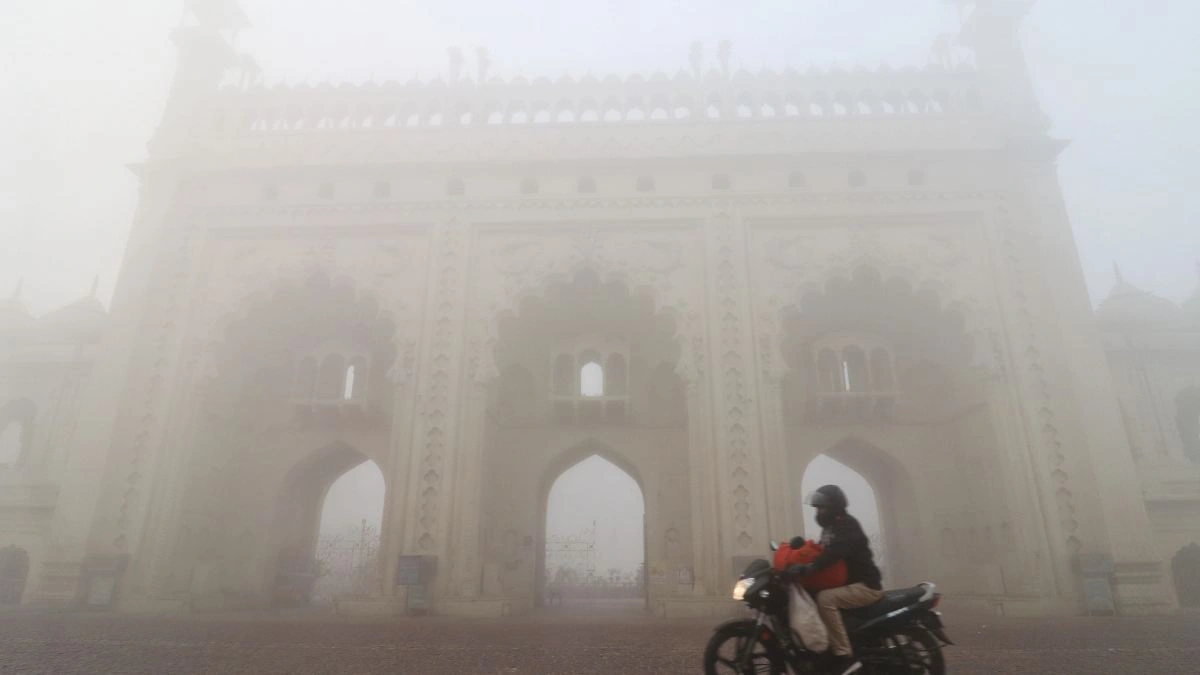
Every conversation in Lucknow right now eventually circles back to one thing: the rain. The lucknow monsoon update has become the city’s most-watched thriller. We’re all amateur meteorologists, scanning the skies for the slightest hint of those dark, pregnant clouds.
So, what are we actually waiting for? It all comes down to a massive, continent-spanning system called the “monsoon trough.” You can picture it as a long, low-pressure zone that typically stretches from Pakistan across northern India. For the monsoon to truly arrive in Lucknow, this trough needs to shift northwards, settling over the Indo-Gangetic plains. When it does, it acts like a highway, drawing in moisture-laden winds straight from the Bay of Bengal and the Arabian Sea. That’s when we get the real deal: days of steady, soaking Lucknow rain , not just a fleeting thunderstorm.
As I’m writing this, the monsoon has made its entry into other parts of the country, but its northward journey has been a bit sluggish. The experts at theIndian Meteorological Department (IMD)are tracking its progress minute by minute. Predicting its exact arrival date is notoriously tricky; it’s a dance of global wind patterns and pressure systems. But the signs are getting closer. The change in the wind from the dry, westerly “Loo” to the humid, easterly “Purvaiya” is the first, most telling clue. It’s a scent, a feeling, a change in the humidity that every Lakhnawi recognizes instinctively. It’s the promise that relief is on its way.
Beyond the Forecast | How This Weather is Reshaping Daily Life
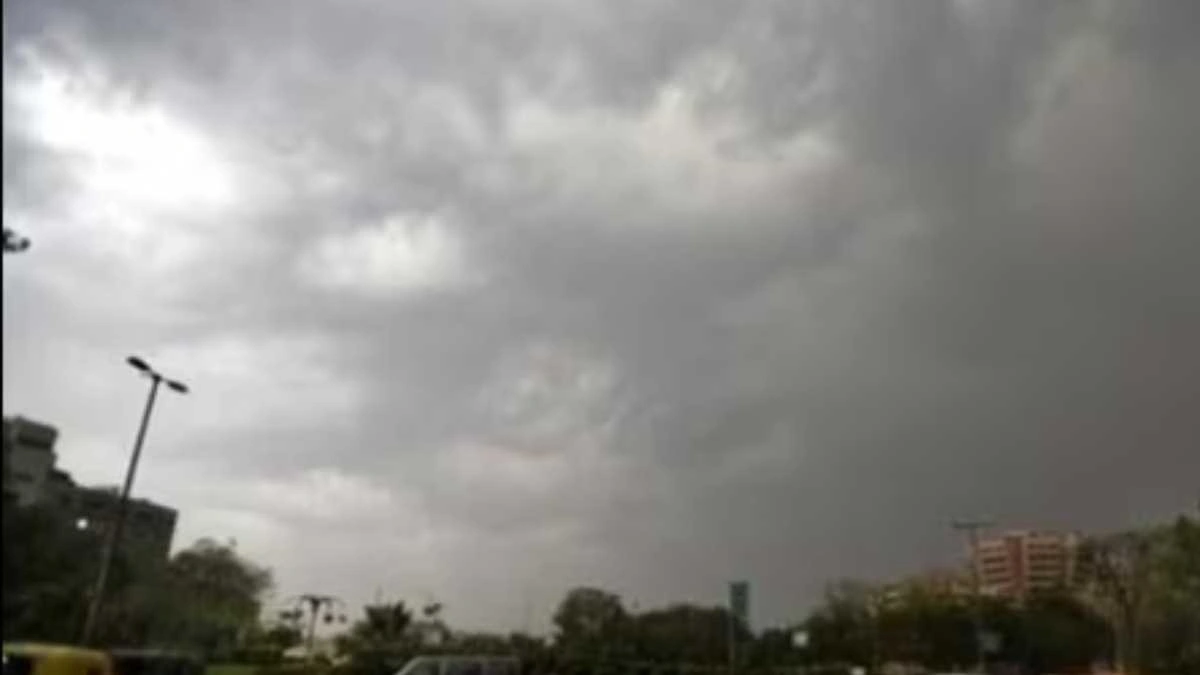
This intense weather isn’t just a topic for small talk; it’s actively reshaping the rhythm of the city. The Nawabi culture of leisurely afternoons has been replaced by a forced siesta, with markets looking deserted from 1 PM to 5 PM. Life shifts to the cooler hours of the morning and evening.
Our infrastructure is groaning under the strain. The constant hum of air conditioners is putting an unprecedented load on the power grid, leading to more frequent outages precisely when we need the electricity most. Water tables are dropping, and the demand for water is skyrocketing. This isn’t just an inconvenience; it’s a systemic stress test for the city.
The pattern of extreme weather events is a nationwide concern. While we battle the heat, other cities face different challenges. The climate in some parts of the country is so volatile, it can lead to situations like the one prompting a Red alert in Mumbai today live , a stark reminder of the monsoon’s other face. This extreme heat isn’t isolated; it’s part of a larger, more complex puzzle affecting millions, including the citizens of Hyderabad, as seen in the recent weather Hyderabad reports.
Making Sense of the Jargon | What Do IMD Alerts Actually Mean?
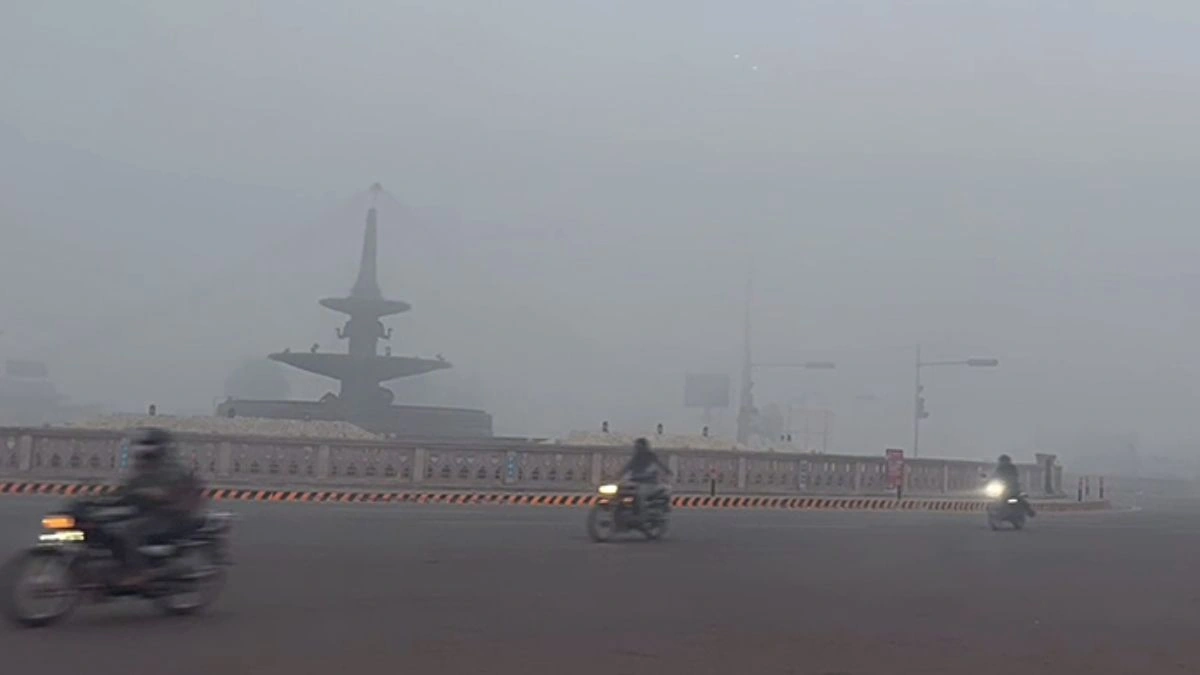
You often hear about a “yellow alert” or an “orange alert” from imd lucknow , but what should you actually do? Let’s break it down in simple terms.
- Green Alert: All clear. No severe weather is expected. Go about your day, enjoy that cup of chai on the terrace.
- Yellow Alert: Be Aware. This means you should keep an eye on the weather. Conditions could change, and it might be a good idea to plan your activities accordingly. Maybe that trip to the market can wait until the evening.
- Orange Alert: Be Prepared. This is a serious one. Severe weather is highly likely. It could be an intense heatwave, a major thunderstorm, or heavy rain. You should check your emergency supplies and avoid non-essential travel. It’s time to be cautious.
- Red Alert: Take Action. This is the highest level of warning. When a red alert is issued, it means extremely severe weather is expected, posing a threat to life and property. The best course of action is to stay indoors and follow the advice of local authorities.
Understanding these alerts helps you move beyond just knowing the temperature to understanding the risk, which is far more useful.
Frequently Asked Questions about Lucknow’s Weather
When will the monsoon really arrive in Lucknow?
While the official date for monsoon onset in Lucknow is typically around the third week of June, it’s a moving target. The best bet is to keep an eye on the official IMD updates. They track the progress of the monsoon’s northern limit daily. The shift to humid, easterly winds is your best real-time indicator that it’s just around the corner.
Why does the ‘feels like’ temperature feel so much more important than the actual one?
Because of humidity! The “feels like” temperature, or heat index, combines the air temperature with relative humidity. When humidity is high, your sweat can’t evaporate easily from your skin, which is your body’s primary way of cooling itself. So even if the thermometer says 42°C, high humidity can make it feel like you’re in a 48°C steam room.
What are the best traditional ways to stay cool?
Long before ACs, people in Lucknow were masters of beating the heat. Hang khus (vetiver) curtains or mats in doorways and keep them damp the evaporating water cools the air significantly. Drink plenty of water, nimbu paani, and aam panna. Wear light-colored, breathable cotton clothes. And, of course, embrace the afternoon siesta!
Where can I get the most reliable weather lucknow forecast?
Your phone’s default app is convenient, but for accuracy, nothing beats the source. The official IMD website (mausam.imd.gov.in) and its ‘Mausam’ app provide the most detailed and reliable forecasts, including district-specific warnings and long-term outlooks.
Is this extreme heat the new normal for Lucknow?
It’s a tough question, but the data suggests a trend. While every year has its variations, climate scientists point out that heatwaves across northern India are becoming more frequent, more intense, and lasting longer. This is likely a glimpse into the future, making it even more important for the city to adapt.
In the end, the weather in Lucknow is more than just a forecast. It’s a shared experience that binds the city together. It’s the collective misery of a power cut on a 46-degree night, but it’s also the shared, universal joy that will erupt when the first fat drops of rain finally fall, kicking up that magical, earthy scent of petrichor from the parched ground. Understanding the ‘why’ behind the heat doesn’t make it cooler, but it does help us navigate it with a little more patience, waiting for that moment when the sky finally opens up and the entire city can breathe a collective sigh of relief.
